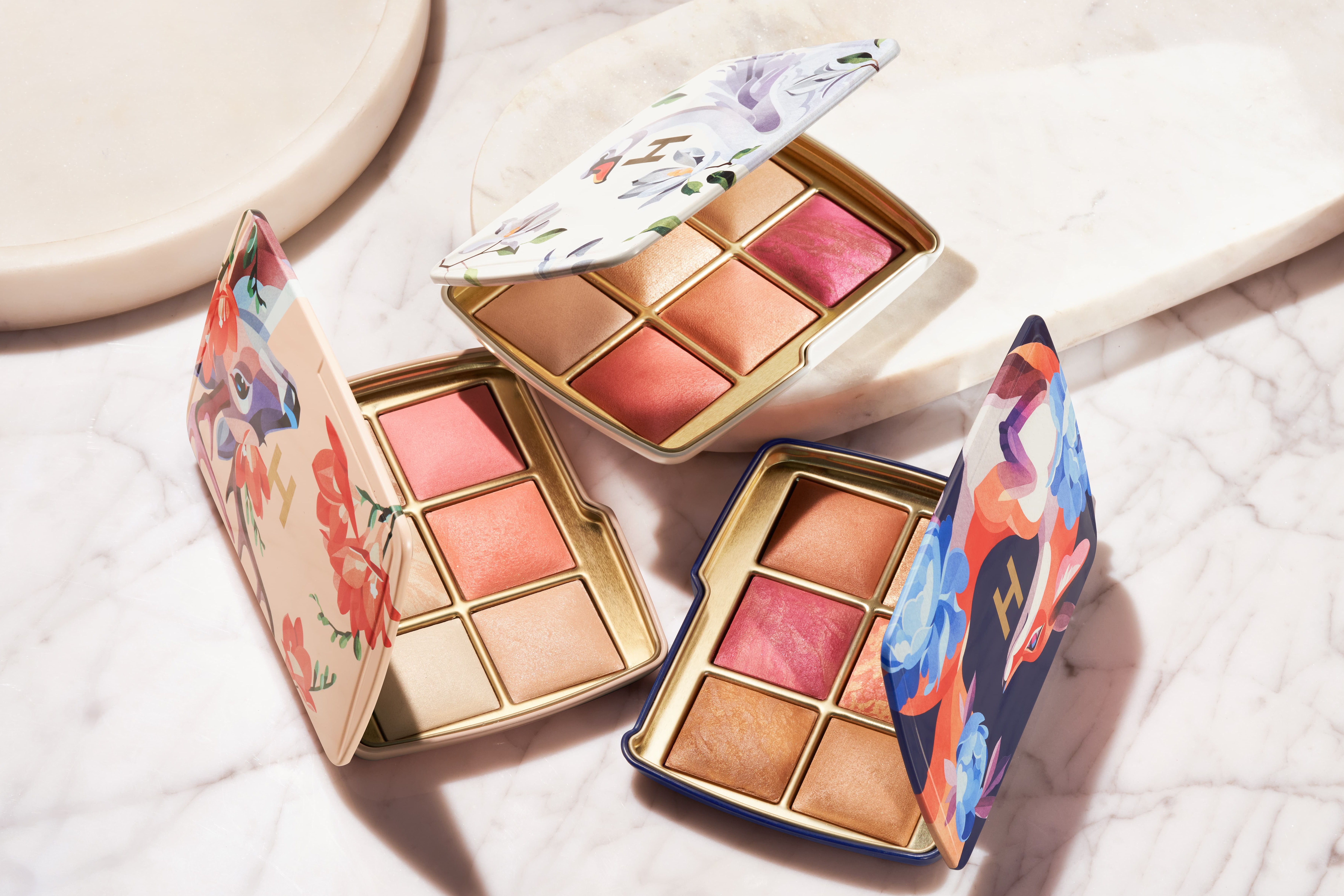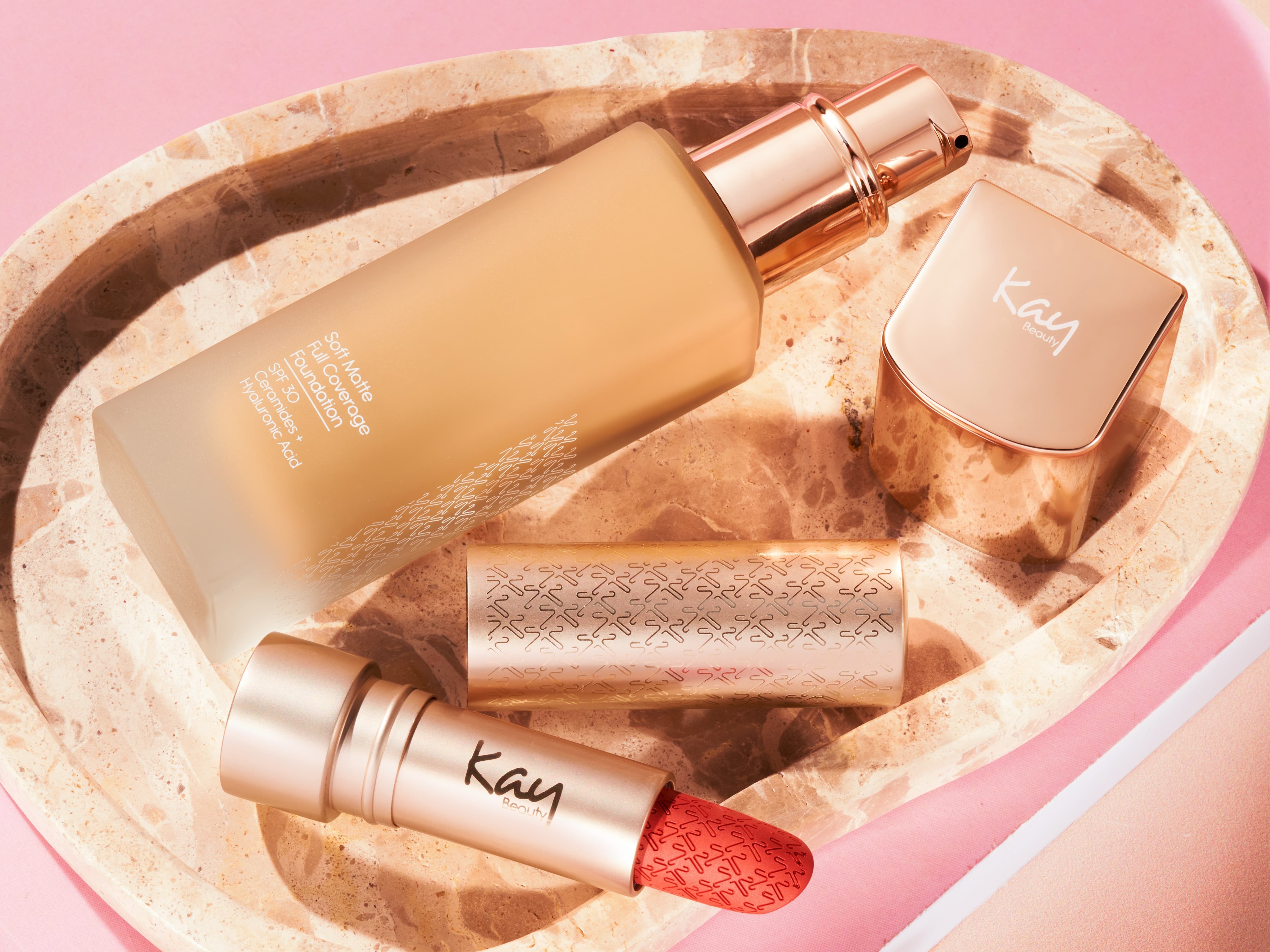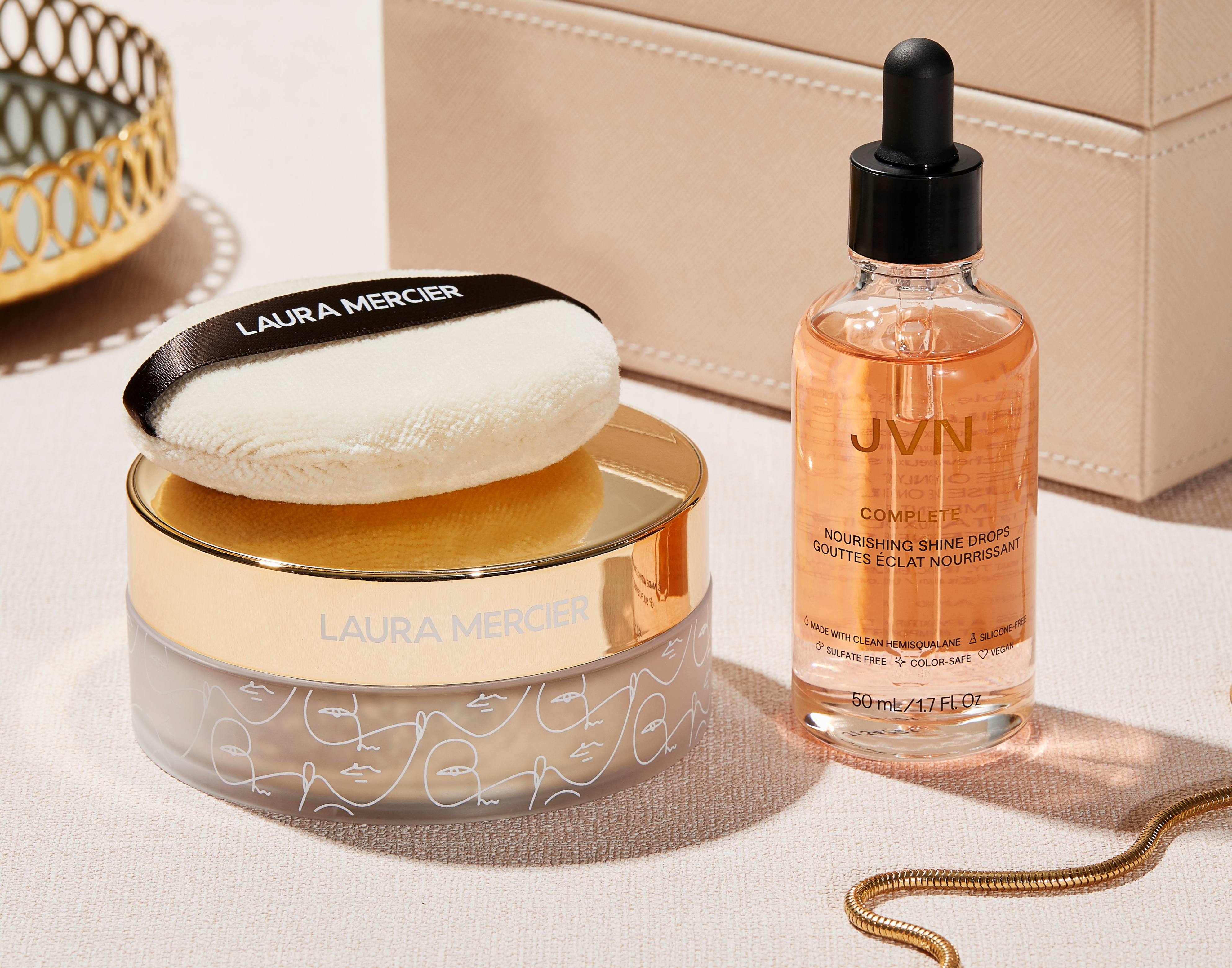
A technique first used by salon professionals, dermarolling can help to fade scars and pigmentation, boost collagen and plump up fine lines and wrinkles, and you can have a treatment in salon, or do it at home with your own roller. The downside is –that needles are involved. The upside is, they’re tiny and can work skin magic. Read on for your guide to how to do it and best practices.
What Is Dermarolling?
A shortcut to plumper, healthier looking skin, dermarolling is a treatment where a small needle-covered device (like a paint roller) is rolled across the skin. The tiny needles puncture the skin, stimulating the body’s injury response and jumpstarting the skin’s repair cycle, meaning that collagen production goes into overdrive and more elastin (the connective tissue that keeps skin plump) is synthesised too. At the same time, the needles create micro-channels through the layers of the skin, allowing products to penetrate more deeply – improving their efficacy.
What Are The Benefits?
Dermarolling helps to reduce fine lines and wrinkles and can significantly improve skin texture. It’s an ideal treatment for those with acne scarring as it breaks up the scar tissue. Similarly, it works well for pigmentation marks as it helps to shed the top layer of skin. Over time skin gets progressively thicker as newer collagen-dense skin cells build up.
Steer clear if you have active blemishes as the roller will spread bacteria. Same goes if you suffer from eczema, psoriasis or any other condition that is prone to spreading. Retinol is too intense to use while dermarolling, so put down the vitamin A five days before you begin.
In Salon Or At-Home?
The main difference (aside from price) between the two options is the needle length. At home you’ll be using a needle no longer than 1.5mm and it’s a good idea to start with a 0.5mm, however, in the salon needles can be much deeper. Both treatments create a micro-channel, but at home results tend to improve product absorption, versus the salon, where the goal is to kickstart the healing process via trauma.
In Salon
During a salon treatment it’s likely that your aesthetician will use a needle that’s 2mm. This can be quite painful, akin to eyebrow threading all over your face, so a numbing cream is applied. A sterilised roller is then rolled over each area of the face around ten times. The deeper needle means that collagen production is stimulated, and the dermis gets thicker; skin also looks tighter thanks to an increase in elastin. Immediately after the treatment your complexion will look red (the needles may draw blood), and the results – plumping, tightening and scar fading can take 12 weeks to show. For intense benefits, it’s a good idea to book three treatments each one a month apart. Depending on how your skin reacts it can take a few hours for redness and a bit of swelling to subside, so avoid booking a lunch break slot.
After-Care
You can do it at home, but ensure you choose a 0.5mm needle roller to start with and roll just once a week. Whether you do it in salon or at home, the key to at-home dermarolling is the products you use afterwards; now your epidermis has many micro-channels running deep into the lower layers of skin the products can really set to work. Focus on hydrating, healing and collagen boosters though, rather than exfoliating or retinol – AHAs, salicylic acid and vitamin A will be too strong after your treatment; instead look for formulas that include hyaluronic acid, niacinamide or peptides.
Try Patchology FlashMasque Hydrate which is loaded with hyaluronic acid to help plump from deep within the skin, heal and support the production of new collagen. If you’re looking to brighten skin then try a mask that contains vitamin C, we like 111SKIN Meso Infusion Hyaluronic Acid & Vitamin C Micro Mask.
Serums are packed with skin-boosting ingredients, so they’re also brilliant to apply following a treatment. Again, look for nourishing, hydrating, anti-ageing and repairing actives. Niacinamide is a restorative ingredient that helps to boost collagen production, which is ideal if you’re looking to plump fine lines and wrinkles, try Natura Bisse Inhibit High Definition Serum. For those targeting pigmentation or scars then vitamin C can help to boost the process, giving skin clarity, so try a serum like Sunday Riley C.E.O. Rapid Flash Brightening Serum which works to both repair the skin barrier by building collagen, and enhance luminosity.
Collagen takes around two months to grow, so you should start seeing results around a month after your first dermarolling session, with continual improvement within 2 months, even after one treatment.
Sun Protection
Your skin will be more sensitive following dermarolling, and more susceptible to sun damage, no matter the season you’ll need to apply a broad-spectrum sunscreen before you step outside. We love the silky, ultra-lightweight Chantecaille Ultra Sun Protection SPF 45 PA ++ Anti-Glycation Primer, and for top-ups throughout the day, keep the lightweight Ilia Radiant Translucent Powder SPF20 to hand.












